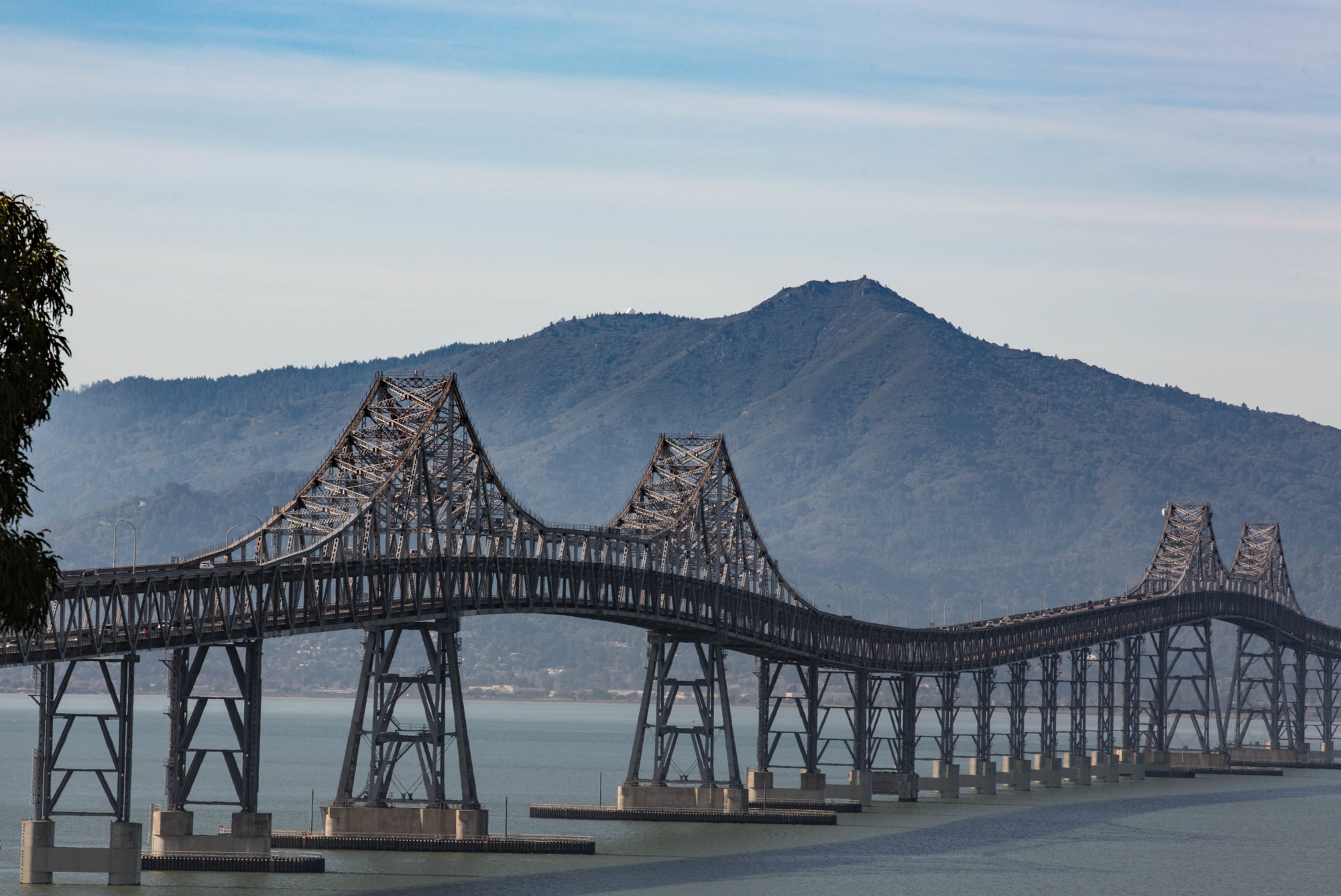Quotes:
“At some point in time, when Iraq is able to defend itself against the terrorists who are trying to destroy democracy, as I’ve said many times, our troops will come home with the honor they have earned.”
–President Bush, December 2, 2004
“There are some who feel like — that the conditions are such that they can attack us there. My answer is, bring them on.”
–President Bush, July 2, 2003
Numbers:
The deadliest month for U.S. troops since the war began: 137 killed (compared to 135 killed in the second-deadliest month, April 2004, when both Shiite and Sunni fighters rose against U.S. forces. Another comparison: About 128 U.S. troops were killed in the first 30 days of the war, from March 19 through April 17, 2003. The total number of U.S. troops killed since the war started is 1,260).
Eighty of the 137 American Marines and soldiers who died last month were killed in the eight days from November 8 through November 15, when fighting was heaviest in Fallujah and areas where insurgents counterattacked.
The wounded in action in November: 1,265 or so. The Defense Department reports 654 of the wounded returned to duty within 72 hours, and 611 did not. The total wounded in action for the war so far is 9,552, including 5,049 wounded too seriously to immediately go back to their units. (The count of all troops evacuated from Iraq because of non-combat illnesses, injuries, and other medical reasons, such as psychological problems encountered on duty, is much higher. For instance, the Army alone reported 14,452 medical evacuations from Iraq through the end of September).
About one in nine U.S. military deaths in Iraq occurred in November. About one in eight of those wounded in action suffered their injuries during the month.
In November:
- 125 U.S. troops died in action; 12 deaths are listed as “non-hostile,” mostly vehicle accidents.
- By service: 72 Marines and 12 Marine reservists; 38 regular Army, 4 Army reservists, 10 members of the Army National Guard; one each from the Navy and Air Force.
- By rank: One major, two captains, four lieutenants, 33 sergeants, one petty officer, 68 corporals and lance corporals (all Marines), 15 Army specialists, 15 privates (all Army).
- By age: 73 of those killed were 19 to 22 years old; 34 were from 23 to 25; 19 were from 26 to 29; and 11 were from 31 to 45 years old (the oldest was an Army command master sergeant, Steven W. Faulkenberg).
Unknown:
How many enemy fighters or Iraqi civilians died during the month.
The Commander and the Troops:
“… If the cause be not good, the king himself hath a heavy reckoning to make, when all those legs and arms and heads, chopped off in battle, shall join together at the latter day and cry all ‘We died at such a place;’ some swearing, some crying for a surgeon, some upon their wives left poor behind them, some upon the debts they owe, some upon their children rawly left. I am afeard there are few die well that die in a battle; for how can they charitably dispose of any thing, when blood is their argument? Now, if these men do not die well, it will be a black matter for the king that led them to it; whom to disobey were against all proportion of subjection.”
–“Henry V,” Act 4 Scene 1
[In the play, King Hal does what a modern leader would do and answers by saying that what a subject does is a subject’s responsibility, not the king’s: “Every subject’s duty is the king’s; but every subject’s soul is his own. Therefore should every soldier in the wars do as every sick man in his bed, wash every mote out of his conscience: and dying so, death is to him advantage.” So, if you’re ready to meet your maker, the king, or president, is doing you a favor by sending you to your death in battle.]
Sources:
Bush quotes: www.nytimes.com/2004/12/02/business/02text-bush.html and www.whitehouse.gov/news/releases/2003/07/20030702-3.html
November casualties: icasualties.org/oif/ and www.defenselink.mil/news/
Army medical evacuations: www.armymedicine.army.mil/news/medevacstats/200409/oif.htm
“Henry V”: www-tech.mit.edu/Shakespeare/henryv/
Like this:
Like Loading...


